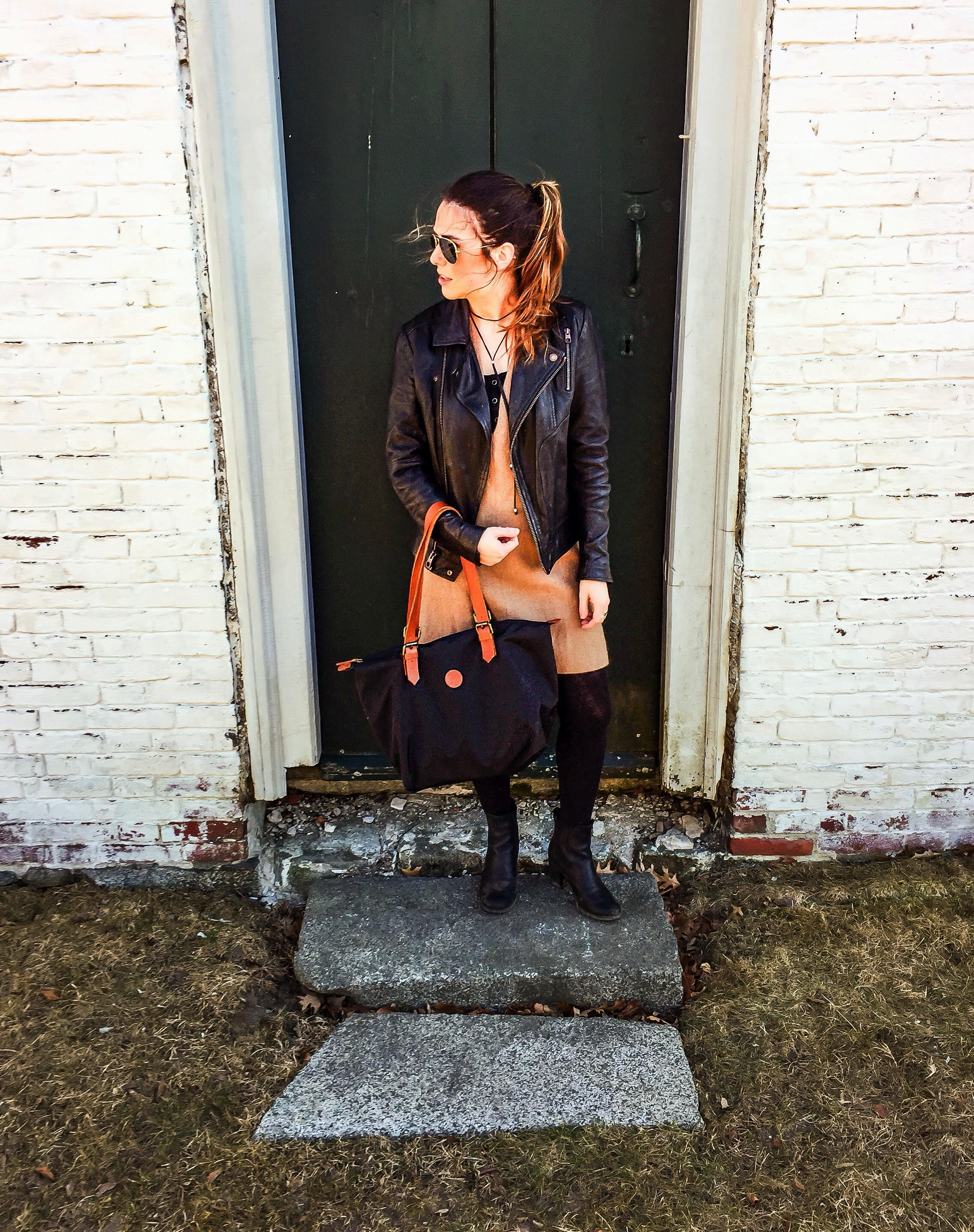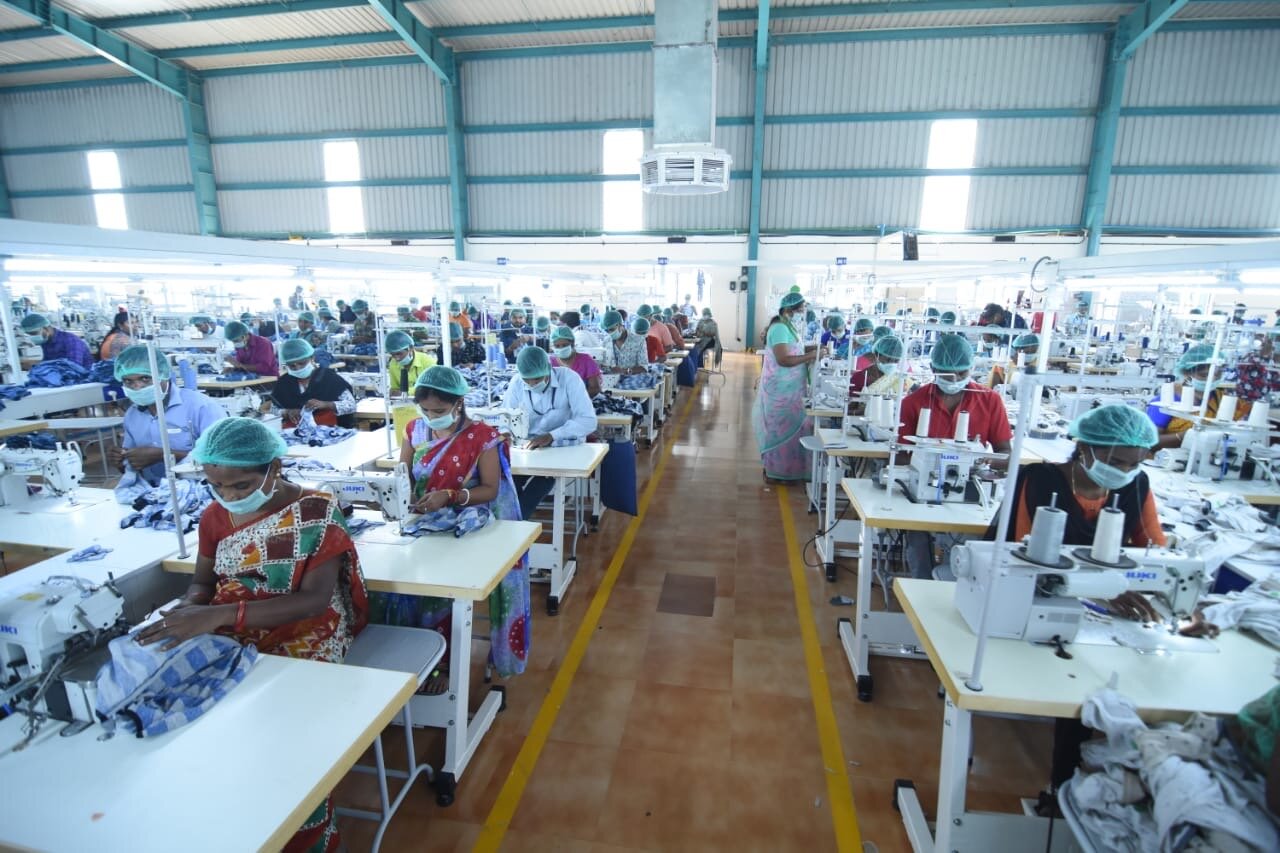
What does a Technical Designer in the Fashion Industry do?
There are many crucial roles that make up the fashion industry. The role of a Technical Designer is one of the most important cogs in the fashion business wheel. Not to be confused with the role of a Fashion Designer, a Technical Designer takes a sketch or design and turns it into a reality.
We asked Damaris Barajas - a Tech Designer based in Los Angeles with experience working for brands including BCBG, Perry Ellis and Z Supply, to explain the role in detail…
Damaris, for those that aren't aware, how would you describe the role of a Technical Designer in the Fashion Industry?
A role in Technical Design is a little difficult to describe because it varies so much in every company. The way I like to describe it is - we are the engineers in fashion. Our designers have a sketch and an idea, but it is up to us to create a technical packet to make it happen.
Tech packs are the bible for every garment. They contain everything needed to create a garment to successfully go into production. It will include a CAD (flat sketch), measurements, construction/sewing call-outs, bill of materials, hangtag and main label information and reference images if needed to create the first prototype. In some companies the technical designer is also the one who creates the flat sketch on Illustrator and provides the sewing details, hangtag placement, and specifies type of tag to use.
Once we receive our first prototype based on our tech pack we will fit the garment with our fit model and make changes to the sample. We will fit the sample multiple times and then submit it for production.
Take us through your average day to day in this role?
As soon as I walk in the office, I will review emails and prioritize what needs a reply for that day. I look at Tech packs that need updating and send them back to our overseas vendor or update the grading for the vendor to proceed to production.
When my samples come in for the day, I will measure them and prepare them for fitting. I review the garment against the tech pack, primarily to review the construction. That is where we find the vendor often does not follow our call-outs.
Once the model arrives we fit the samples and proceed to make fit corrections. We then send the fit comments to the vendor. There are times where I would open up the paper pattern the vendor sent and review it against the garment and make the pattern corrections - sending it back to them if we felt they were not be able to understand or execute the pattern correction as we desired. We will grade the garment and approve specs before it hits production to ensure everything will grade up and down in sizes accordingly.
“As a kid my dad taught me how to sew by hand. I would take my old shirts and design, cut and sew new apparel for my barbies.”
Damaris creating her masks - Photo by Damaris
How did you get into this area in Fashion?
Ever since I was 8 years old, I have been sewing and creating things. As a kid my dad taught me how to sew by hand. I would take my old shirts, design and cut & sew new apparel for my barbies. I've always been a creative person. If I wasn’t making clothes for barbies I would be sketching everything and anything possible.
When I was a senior in high-school, I decided that I wanted to pursue fashion but at that time I couldn't afford 60k for one year in fashion school to study Fashion Design. To save money, I went to a junior college and once I graduated, I re-applied to FIDM (Fashion Institute in Design & Merchandising) and graduated with my degree in Merchandise Product Development with a focus on Technical Design.
In school I was originally studying Product Development. One day during my my technical design sketch class, my professor approached me, asking if technical design would be something I'd be interested in pursuing. After giving it some thought, I changed my major to focus on Technical Design.
How has your job role varied from company to company?
My first job (at BCBG) was very hands on. I was fortunate enough to work directly on special projects with the Chief Creative Director, Lubov Azria.
Besides my role as an Associate Technical Designer, I had a close bond with the Director of Tech. She included me in a lot of projects. I was able to stay on top of my work and still complete every project she gave to me.
In other companies I was working with Gerber Accumark (pattern design software), learning to analyze patterns, review and make paper pattern corrections to send overseas. Some companies want Technical Designers to be the ones creating the flat and detailed sketches to include in tech packs. The role of a tech designer does vary so much from company to company.
“If you make a mistake, whether it’s not providing the right measurement, or grading the size scale wrong - can cost the company a lot of money.”
What is your favorite thing about your job?
My favorite part of this role is learning pattern corrections and analyzing the garment in relation to the pattern. Sometimes this involves fixing the pattern to send to the vendor to expedite corrections and get the next sample. It is exciting getting the new sample and seeing that they were able to execute all your corrections and having it fit properly.
What is your least favorite thing about your job?
My least favorite part of the role would be the worry of making a mistake. If you make a mistake, whether it’s not providing the right measurement, or grading the size scale wrong - can cost the company a lot of money. So being very detail oriented and double checking your work is a crucial part in this role.
How do you channel creativity outside of work?
Technical Design is not a creative side in fashion. I love my role in the industry but as a creative person I need a creative outlet. That's how photography became a big part of my life. I owned a camera a few years back because I would always be hiking and wanted to photograph my outdoor adventures. Two years ago I decided to purchase a new camera and that's when my photography really took off. Having a camera in my hand made me feel like I could create anything that I set my mind to. Through the ideas I had, I could learn about color and lighting and make my vision come to life.
“Make sure this is what you truly love because it is a hard and unsteady industry to work in.”
How has the current pandemic affected you?
Unfortunately once COVID-19 hit the U.S. I lost my job. To survive during these tough times, I used my skills to make some money and started making masks at home. I made a few patterns followed by prototypes and started sewing. It has kept me busy during these hard times we are all facing during the pandemic. It also reminded me of how much I love to sew and create things, inspiring me to start looking into more fashion projects, brushing up on my pattern making skills.
Lastly, what advice would you give to someone trying to break into the fashion industry as a technical designer?
Make sure this is what you truly love because it is a hard and unsteady industry to work in. No one tells you that when you are in school. Working for a fashion headquarters is not as fashionable as one would think. You have to be ready to handle all the changes that will happen in a company and be mentally ready to follow along with those changes which also means being laid off. That is something that never occurred to me when I got my first position in fashion - until I saw everyone around me losing their job.
You have to learn to have tough skin and push to be great in your role.
Connect with Damaris:
You can also connect with her via Linkedin
.
By Damaris Barajas & Emma Golley
Related Articles.
Want To Become a Top Fashion Buyer?
Katie, an Associate Buyer for Timberland delivers the ultimate guide on what is needed to become a top fashion buyer in the industry.
Stories | By Katie Guest | 07.15.20
The Fashion Crisis Rippling Across A Global Industry
We interviewed Mithun Govind based in Tirrupur, India to see how his family-run clothing manufacturing business is surviving during Covid-19.
Articles | By Emma Golley | 07.15.20
Meet Justin Cabal, Fashion Stylist.
A man of many hats, Justin shares his experience of being a fashion stylist, influencer and reality tv star and gives advice on what it takes to make it in the industry.
Stories | By Emma Golley | 05.12.20






